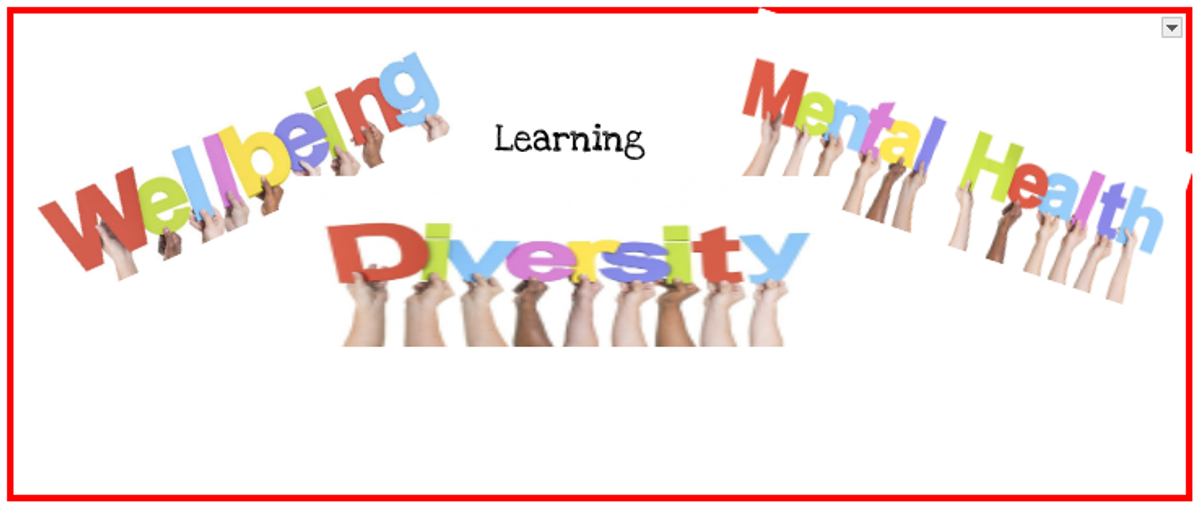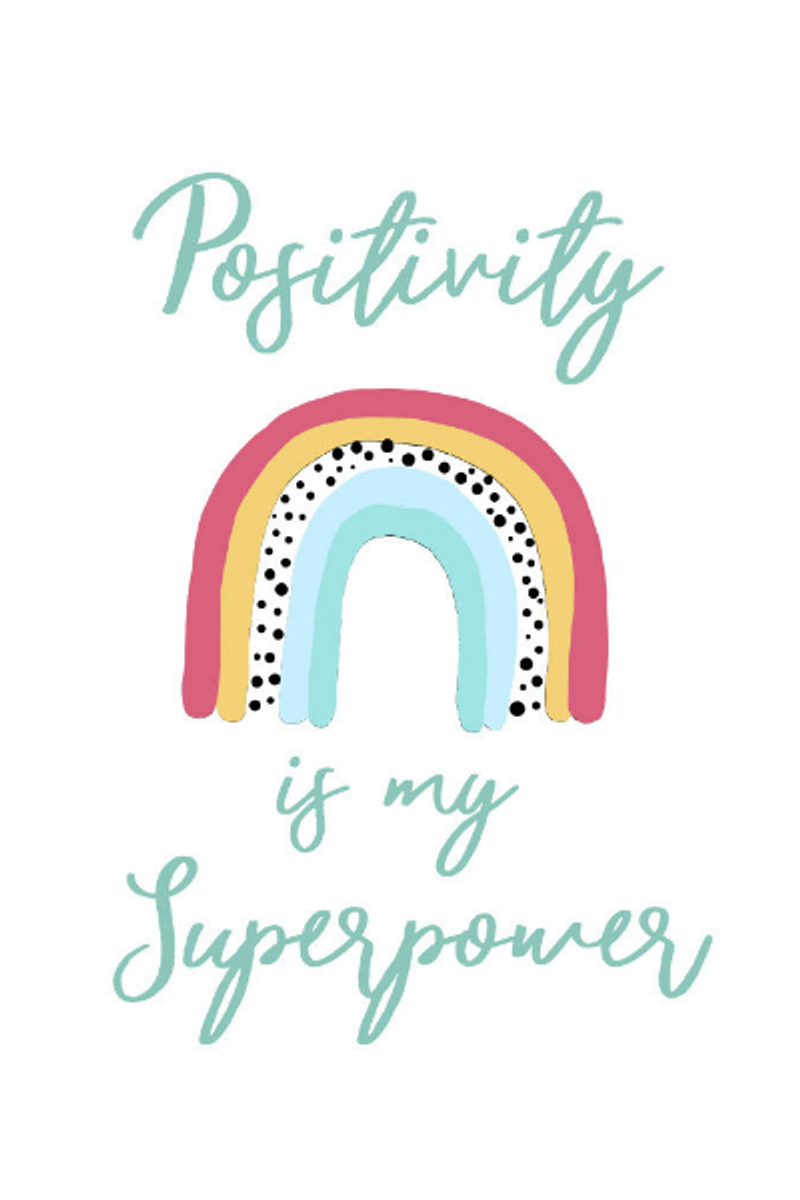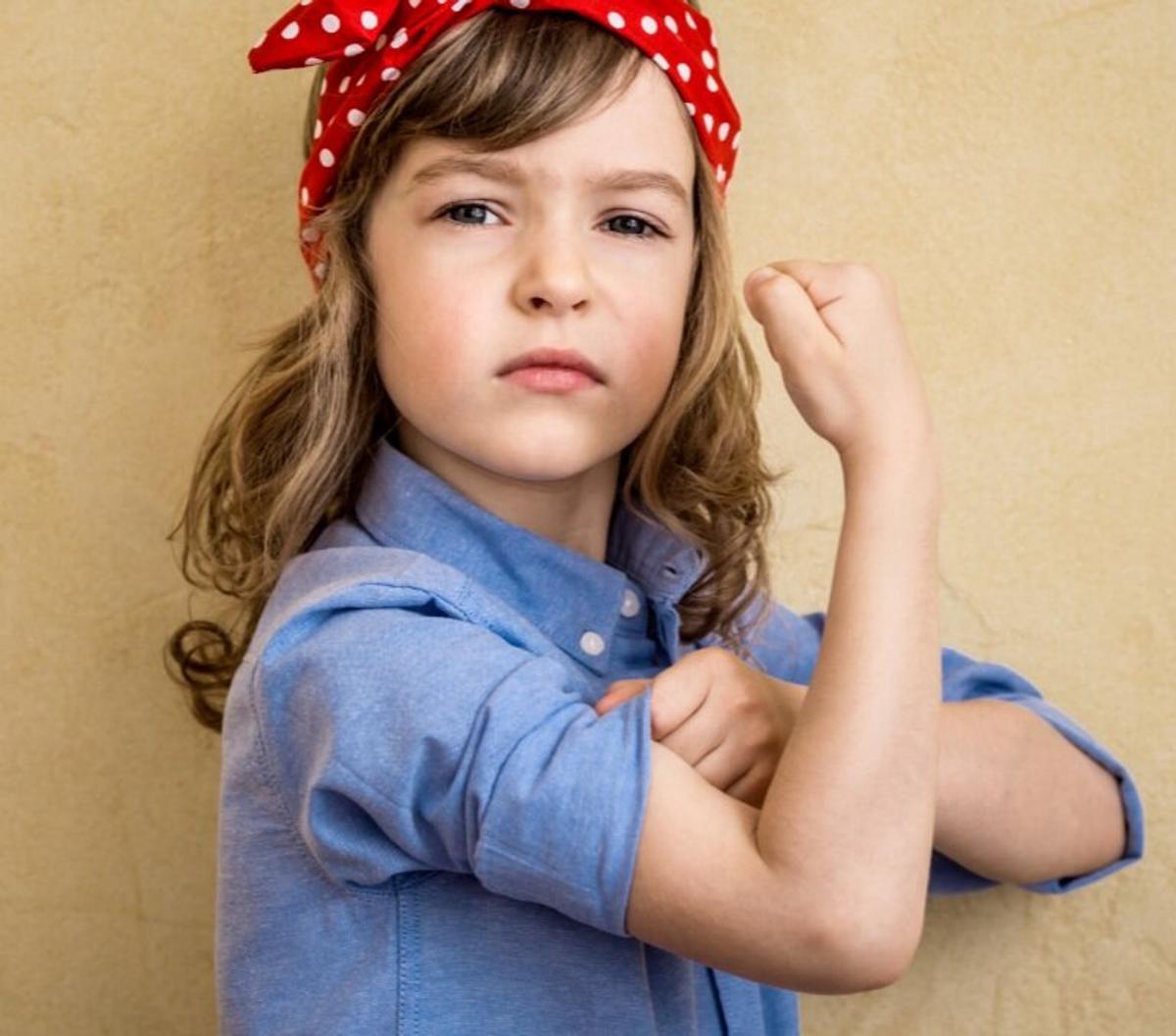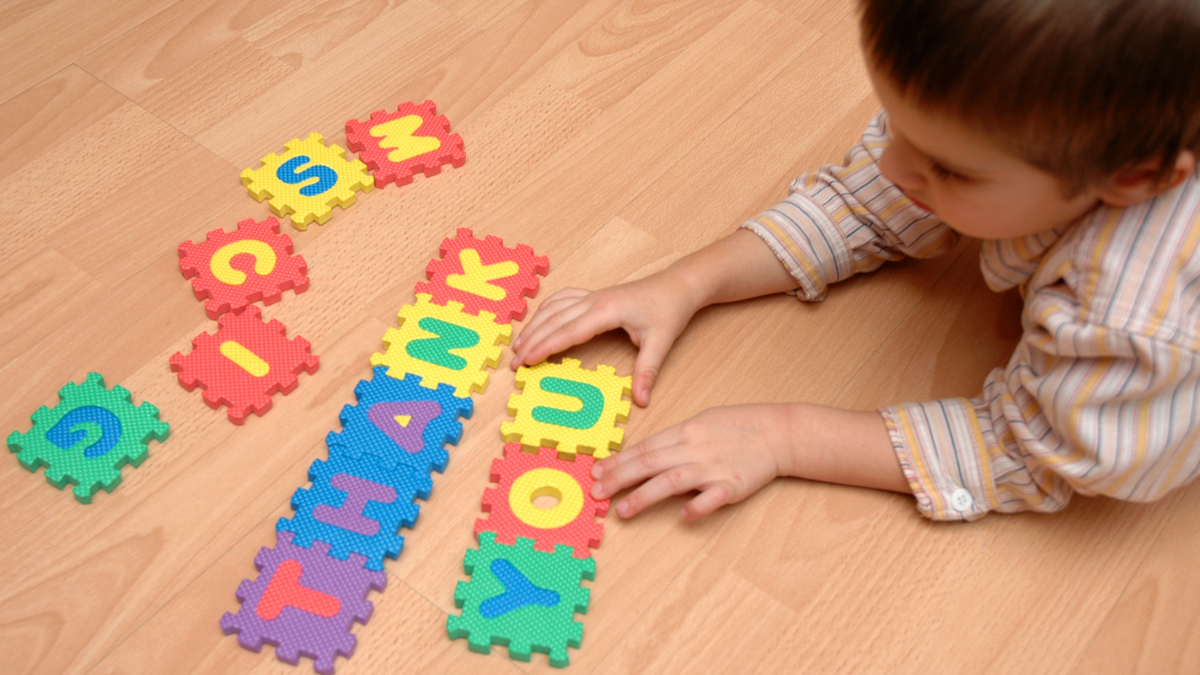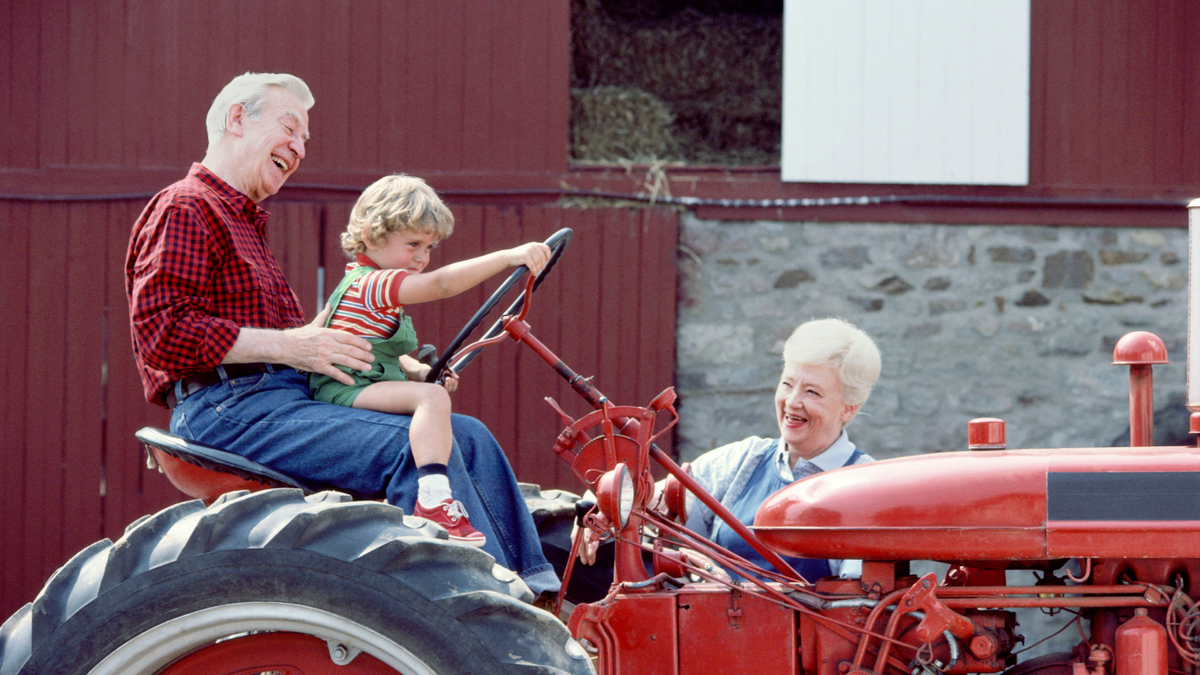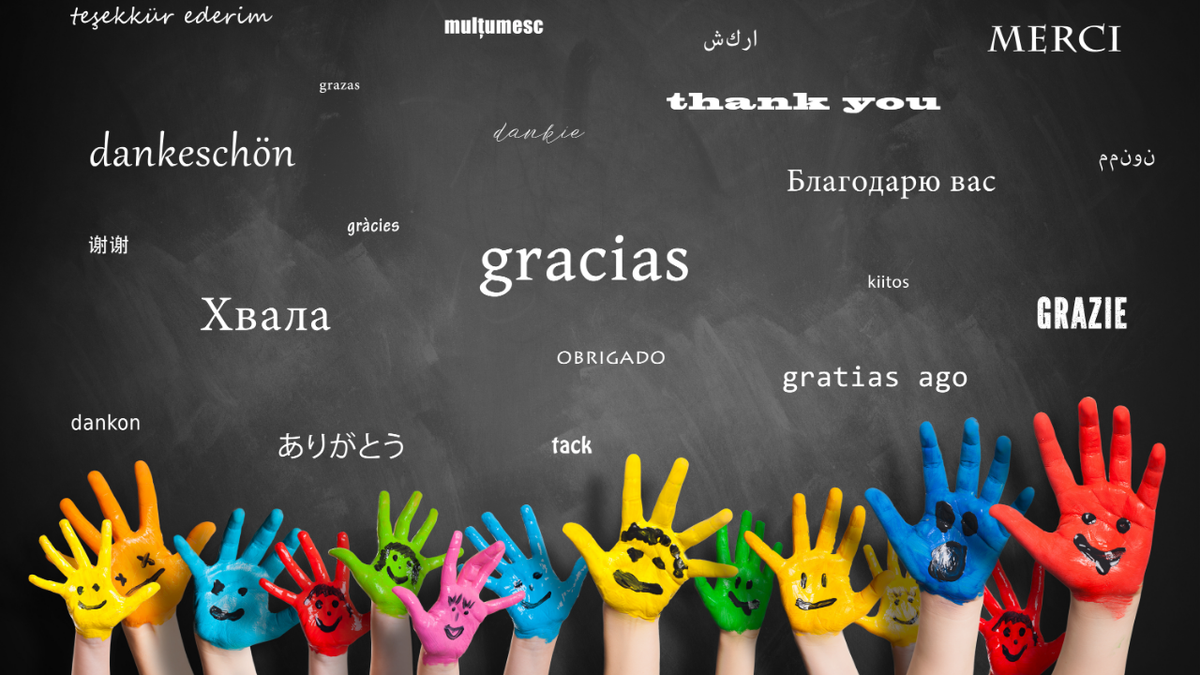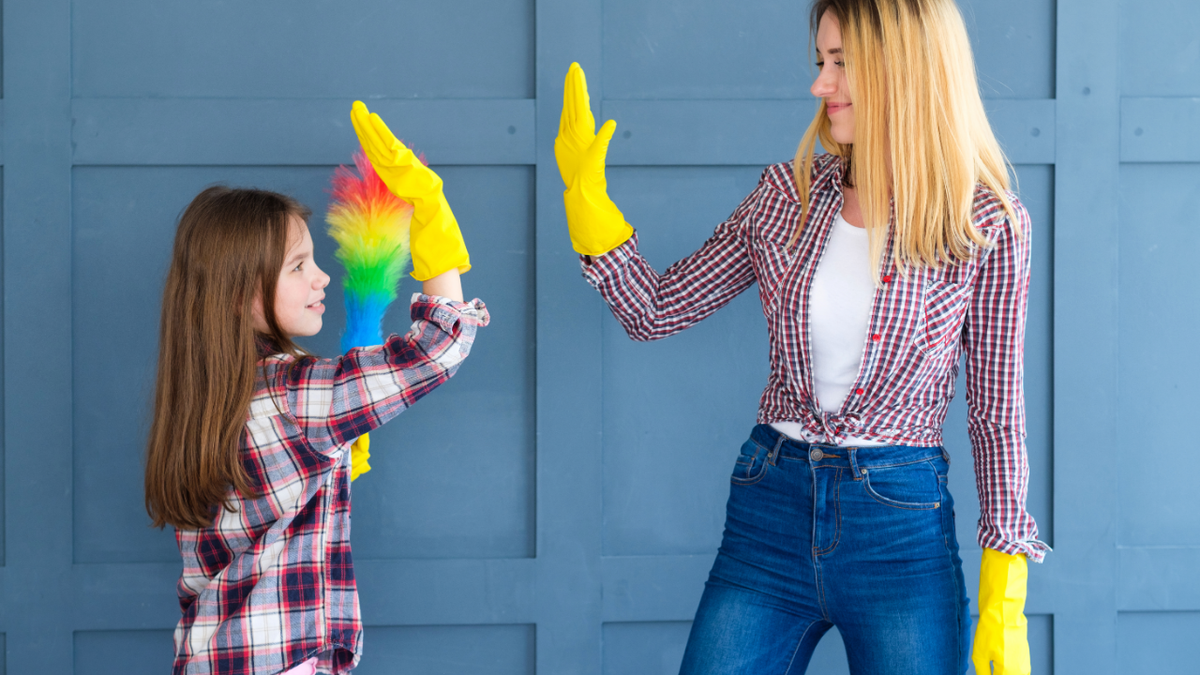Wellbeing

Welcome to Term 3. We hope you all enjoyed a holiday surrounded by family, friends and warmth.
Thank you to our whole school community for supporting the staff and students of St Anne’s as we navigate the loss of Mr Paul Hogan. We do acknowledge that grief can present itself in many ways for different people. Throughout the week the Wellbeing Team contacted the families of students’ that worked with Paul to ensure the students were supported. Paul was a person full of fun with a passion for Maths and engaging students in their learning. I know the children who worked with Paul will definitely miss his sense of humor and lessons.
Here are some tips to help you support your child who is experiencing grief or loss:
- Offer support, reassurance and comfort.
- Acknowledge or help them name the feelings they are feeling.
- Maintain normal routines to help them feel secure.
- Speak openly and honestly about the death.
- Be open to different ways of grieving. Being sad is ok.
- Talk about and remember the person who died.
This term we are focussing on our school value of RESILIENCE. Resilience does not always mean “getting over things” or “being strong” it is about how we cope with difficult times, tasks or situations. Research states that being positive and showing gratitude can further develop resilience. In this article on the Peake Academy website it outlines the importance of gratitude; how to teach children gratitude.
Reasons Why Gratitude is Important for Kids
Gratitude and positivity are abstract skills that can be hard to teach children. As adults, these skills are equally difficult to practice and master. Children tend to learn by copying what the adults in their lives are doing, so if you are a negative person, your child will be too, and vice versa. Positivity and gratitude are traits that will enable your child to be emotionally and mentally healthy when they grow up. So how do you teach your child how to be grateful and keep a positive attitude?What is gratitude?
The dictionary defines gratitude as the quality of being thankful, show appreciation for, and to return kindness. In simple words, it is the ability to stop, notice, and be grateful for what you have. It doesn’t have to be complicated, especially when trying to teach kids about it. You can be thankful for the roof over your head, good health, family, clean water, and many other things.
What is positivity?
Being positive is having an optimistic attitude towards life. Being optimistic is having hope and being confident about the future. Most optimistic people are resilient and don’t give up easily when they go through challenging life seasons. Kids start a new phase of life when they join preschool. For most kids, it’s usually tough to adjust. However, when parents and teachers both have a positive attitude, the child will pick it up and be cheerful about starting school.
Why is it important for kids to learn gratitude?
Research about the benefits of gratitude has mainly been done on adults. This research has proven that having a grateful attitude benefits both parties. That is the person giving the appreciation and the one receiving it. One fact that everyone can agree on is that gratitude and optimism are acquired skills. You are not born with them. Therefore it is not safe to assume that a preschool child will have this gift if they are not taught. That said, the benefits of having gratitude are similar in both children and adults. They include;
- - A longer lifespan – it has been scientifically proven that being grateful can add up to 7 years to your life. Teaching them gratitude is a great place to start if you would like your child to outlive you.
- - Kids are more empathetic and kind to others- When you teach your child to count their blessings, they are more likely to give towards the less fortunate. They will also share what they have with others without making them feel bad about not having.
- - Grateful kids are less stressed – it’s rare for a grateful person to allow negative thoughts to take over their lives. Negative thoughts usually cause stress and can lead to other mental health issues.
- - Kids become resilient – gratefulness and positivity enable kids to cope with school life better. Children grow up differently, and school can be more challenging for some kids than others. A child with a grateful and positive attitude will get through hurdles like not performing as well as their peers in class. Instead, they will be thankful that they have performed better than the last time and aim to do better.
- - Grateful kids are generally happier people – A negative person is always looking at life from a lacking or deficit point of view. It is the exact opposite of a person who has a positive attitude. Small issues do not quickly bring them down. They focus on what is going right in their life and feed off that energy, making them happier people.
- - Have high self-esteem – kids who have learned gratitude are sure about themselves and their lives. They don’t compare themselves with others, and they have good social behavior, which enables them to form great relationships with others.
- - Perform better in their academics – As you probably already know, children with high self-esteem generally do better in school than others. Confident kids participate in class by asking questions and taking part in group activities, which build their social-emotional skills. Social-emotional skills are vital in helping kids perform better academically.
- - Better physical health – stress can lead to poor sleep patterns, leading to physical health problems. Sleep is vital to a child’s development, especially when they are young. Lack of sleep can cause terrible headaches, irritability, aggressive behavior, and much more. A positive-minded child is less likely to be stressed, as discussed in point 3, meaning they will live a healthier life emotionally, mentally, and physically.
How to teach gratitude to children
Teaching children under the age of six concepts like gratitude can be challenging for a parent. According to research, kids below six only show appreciation 20% of the time when they are given things. The good news is that that percentage increases to 80% as they grow older. As you know, schools today are focused on the holistic development of a child. Holistic education begins from preschool, so by the time kids are in primary school, they understand empathy and other concepts better. That is why by age ten, kids can show gratitude 80% of the time when someone does or gives them something.
It is important to note that empathy and gratitude are closely related. Empathy is the ability to put yourself in another person’s position. This helps children understand and notice when someone has gone out of their way to do something for them. When they recognize someone’s actions from an empathetic view, they can be grateful.
Parenting toddlers involves dealing with a lot of whining and complaining about one thing or the next. Changing your child’s attitude at that age can be difficult, but it is not impossible. Luckily, teachers and other online platforms are ready to back up your parenting efforts through fun school activities that promote gratitude. Below are some ways you can encourage your child to be grateful.
Set an Example
Children under the age of five tend to learn better through actions. Therefore, it is crucial that you, as the parent, make more gestures that show gratitude at this age. For example, you can say thank you or write thank you notes to people when they give you a gift. Kids will also react to situations the same way you do, so be mindful of how you respond to failures in front of your children.
For example, when you are baking some brownies, some get burned or don’t cook well. Will you start blaming yourself for not doing it right? Will you throw out even the brownies that cooked well? Will you never cook brownies again in your house? As a parent, you are the first teacher that a child has. Therefore, if you have a positive attitude and practice gratitude, your child will do the same.
Encourage Them to help by Giving
Giving is the most fulfilling act a person can do. Most people think that you can only give material things, yet giving involves more than that. For example, if you volunteer at an elderly home, all you are giving is your time, and it is appreciated. So teach your child to give away his old toys and clothes but remind them that it is not the only way to help or be kind to people.
Identify Your Child’s Influences
You are not the only person that spends time with your child. Your child can spend time with the nanny, siblings, and other relatives. Children tend to pick up behaviors from people, cartoons, video games, and much more. If any of the things mentioned above has a bad attitude or a habit of complaining, your child will imitate this behavior. You can change their mindset by talking to them and suggesting other fun cartoons to watch.
Daily Gratitude
Daily gratitude is a common practice in schools as a social-Emotional learning tool. There are a couple of ways to do this, such as the gratitude jar or journaling. The gratitude jar is when the kids write down what they are thankful for that day and put it in a jar. A teacher can also print out a daily gratitude journal worksheet for the kids to fill out. Daily gratitude activities are very effective in building a positive attitude and boosting a student’s mood.
Affirm Progress
Dealing with children often requires you to repeat yourself, which can be frustrating to a parent or a teacher. The good news is that kids learn eventually, and you must notice and appreciate how far they have come. It helps to be specific about what they are doing better or what they are helping you with. For example, if they help you add ingredients when baking, let them know how that has helped you. You can say something like, “Thank you for making my work easier by adding the ingredients for me.” Being specific helps them to see value in helping others and doing their best in other activities.
It is important to note that being positive and practicing gratitude does not prevent bad things from happening. This is life, and bad things happen. Let your child know that negative emotions are normal, and it’s okay to feel bad when bad things happen. Help them get through their sadness and teach them to focus on the solution and move forward with confidence and hope.
https://www.peakeacademy.com/parentadvisor/gratitude
From the Wellbeing Team.
Kristie Browning Wellbeing Leader
kbrowning@sasunbury.catholic.edu.au
Lindy Brown MHiPS Leader
lbrown@sasunbury.catholic.edu.au
Jade Salpietro Prep -Yr 3 Learning Diversity Leader jsalpietro@sasunbury.catholic.edu.au
Sue Sexton Yr 4- Yr 6 Learning Diversity Leader

